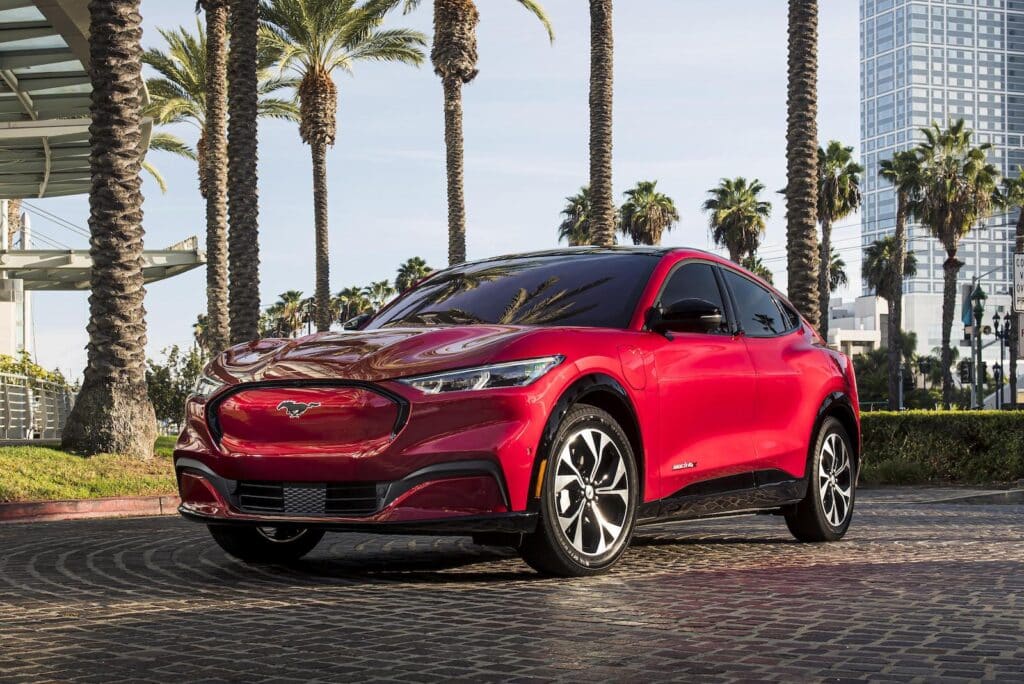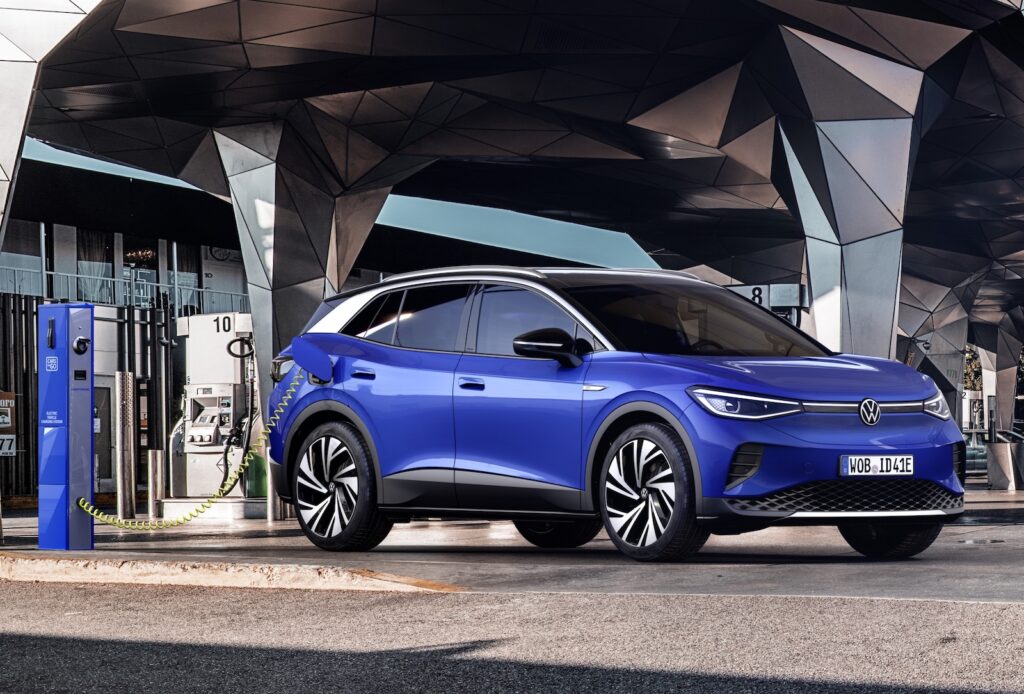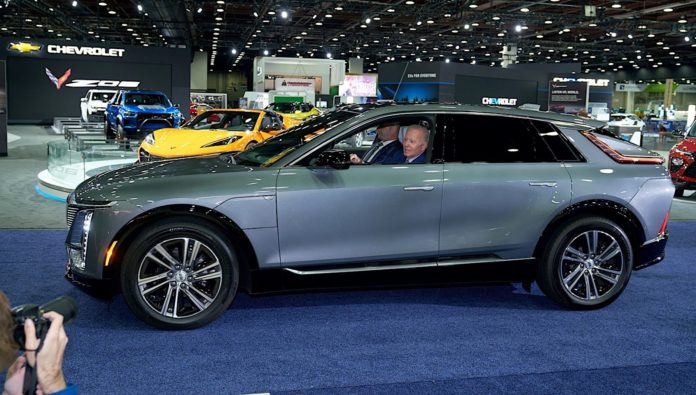Just three little letters. But by rewriting the definition of what counts as an “SUV,” the Biden administration will make EV take credits available to a significantly larger number of U.S. motorists.
That’s good news, not only for EV buyers, but also for automakers including Tesla, General Motors, Ford and Volkswagen, all of which could have lost sales due to the changes in the electric vehicle incentive program that went into effect last month under the Inflation Reduction Act.
The IRA included significant changes to the EV incentive program, among other things setting a price cap of $80,000 for vehicles defined as SUVs. But the price cap is a much lower $55,000 for vehicles falling into the sedan, coupe, hatchback and wagon categories.
“Messed up”
The original definition of SUV followed a fairly narrow formula that excluded many familiar vehicles, such as the Ford Mustang Mach-E and Tesla Model Y. The revisions come after Tesla CEO Elon Musk described the original approach in a tweet as “messed up.” In a rare sign of unity, he was joined by other manufacturers who lobbied the White House to expand the definition. Volkswagen, for example, decried the fact that only one version of its all-electric ID.4 crossover qualified for the incentives under the original SUV language.
Other vehicles that now will qualify include the new Cadillac Lyriq, while a number of other crossovers could be redefined as SUVs under the revisions.
Effectively raising the price cap on such products will come as a critical development for automakers as EVs are typically priced anywhere from $5,000 to $10,000 or more above comparable vehicles using internal combustion engines. The average battery-electric vehicle now costs over $65,000, according to tracking services such as Cox Automotive and J.D. Power.

Price war
To allow at least some buyers of the Model Y to continue receiving incentives, Tesla last month slashed prices by as much as 20 percent.
There had been concerns this might trigger an industry price war, Ford last week following up with price cuts of as much as $5,900 on the Mustang Mach-E, depending upon the trim package. GM and VW, however, said they did not intend to follow up with price cuts of their own.
It’s unclear whether any automakers will now follow through with price cuts — if only to improve the competitiveness of their EVs.
Biden move well received
Following the Biden administration’s announcement, Ford issued a statement that said it “sincerely appreciate(s) the Treasury Department’s) consideration and hard work.”
For its part, General Motors said, “The alignment on classification will provide the needed clarity to consumers and dealers, as well as regulators and manufacturers.”

The $437 billion Inflation Reduction Act had a mix of good and bad news on EV incentives, depending upon the manufacturer.
Other restrictions remain under revised incentive program
Both GM and Tesla had already seen their tax incentives phase out under the old rules, having crossed the 200,000-vehicle sales threshold set by Congress. Several other automakers, including Nissan and Ford, were rapidly approaching that cutoff, as well.
There is no longer a sales cap, but the IRA did set new strictures, starting with the MSRP price caps.
The bill also sets new guidelines set to phase in covering not only where an EV is assembled but also where its battery pack is manufactured. On top of that, the rules also cover sourcing of key raw materials, including lithium, nickel and cobalt, metals that have traditional come from abroad, primarily China and Russia.
The new rules have led to a rapid expansion in the number of manufacturers planning to build EVs in markets approved by the IRA — which includes Mexico and Canada, as well as the U.S. and automakers also are racing to line up approved sources for those raw materials.

